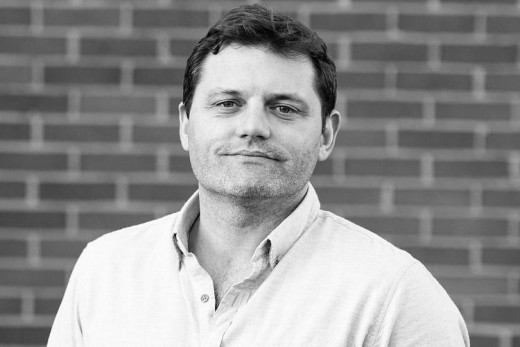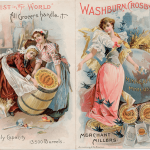the way in which We experience artwork Is altering–and types Can Capitalize On The Disruption
We talked to one of the most forward-thinking influencers we know to search out out why artwork is changing, and how brands will have to change with it.
November 8, 2015
A dialog concerning the future is inseparable from a conversation about expertise. The growing role of and dependence on smart units and the quickening march toward an absolute web of issues that concurrently maps where we’re and where we’re going—the arena of tomorrow has never appeared so close to nowadays.
however where is artwork’s position in the future? this is not handiest the most important query for artists, however for manufacturers and marketers.
The division between artwork and expertise has dissolved into a permeable membrane the place ideas from each discipline inform new improvements. It’s an concept very best expressed by using Steve Jobs during the launch of the iPad 2 in March 2011: “…technology on my own is not enough—it’s expertise married with liberal arts, married with the humanities, that yields us the results that make our coronary heart sing.”
As instrumental as artwork has been for expertise influencers like Jobs, the identical will also be stated in reverse. expertise has brought on a sea change throughout the humanities, reworking how we experience everything from style to promoting.
“[Art] just isn’t as pure anymore, but that doesn’t imply it’s been spoiled,” says David Droga, creative chairman and founding father of Droga5. “Nothing is prepackaged and linear.”
these capitalizing on that disruption now are shaping the position of artwork someday. Leaders within the ingenious house like Droga are using know-how in ways which might be changing how they connect with consumers, and, in turn, how shoppers are connecting with artwork.
The skilled is “dead”—long live The Creator And The Curator
prior to the firehose of content that’s the web, shoppers were anticipated to take for gospel what used to be surpassed to them in museums or on the radio—that type of curation came about behind closed doorways. however the interconnectedness of the internet introduced a deluge information that shifted the dynamic—audiences don’t seem to be limited to programmed television or restricted-web page magazines, however can to find new content material on endless web and app pages.
“You not have the function of the knowledgeable that finds artwork somewhere and shows a restricted amount to the public,” says Bob Pittman, chairman and CEO of iHeartMedia. “rather the general public can take a look at all that uncooked art for themselves and boost their own opinions. So these people that have been gatekeepers to the art lover are being marginalized.”
Marginalized but no longer altogether forgotten.
Mass amounts of content have by no means been more easily obtainable and the public is deluged with viewing and listening choices, which has elevated the necessity for somebody to sift throughout the static and curate what’s related to a selected target audience. “The grand expert is diminished and the curator is heightened relating to importance,” says Pittman.
The song world serves as a really perfect example. “There’s steady music and sound available at all times through digital manner and that has, by some means, devalued plenty of song and sound,” says Joel Beckerman, founder of artificial music. “but [it’s] additionally dramatically increased the worth of people who find themselves curators of music and sound in our lives, whether or not those curators are packagers of the higher multi-sensory expertise or they’re your pals on social media.”
So the question from a brand standpoint turns into easy methods to successfully curate content material. Pulling what issues to your audience starts with understanding what your audience needs—and for that, you need to go straight to the supply. a method to do this, of course, is to study web page or social media analytics to decide how widespread different pieces of content are together with your target market.
“i believe every time you chop out ‘specialists’ who are passing subjective judgments and permit the consumer to come to a decision for themselves, that’s always better,” Pittman says. “What it does is it additionally conjures up new folks. We see an acceleration of innovation, creativity, new ideas, new guidelines.”
differently to determine what your audience wants is to give them the instruments to make what they need themselves. For the 2015 Video song Awards, MTV launched an bizarre advertising and marketing marketing campaign: Host Miley Cyrus used to be filmed in plenty of green-screened situations and it was once up to the MTV group to fill within the blanks then again their imagination noticed match. all the submissions were displayed on MTV’s website online.
MTV then used one of the best clips submitted by using the public as respectable promos, attributing the artist responsible. If a focus workforce had voted that giving Miley Cyrus dolphin boobs on an island of day-glow colours was once one of the best ways to advertise the VMAs, MTV wouldn’t have been in a position to create a sense of ownership within its audience via displaying at a nationwide level something viewers created—and it should not have identified that its target market wished Miley Cyrus dolphin boobs with the identical stage of sure bet as it will if the target audience itself made up our minds to create and publish Miley Cyrus dolphin boobs to the web site.
but MTV’s historical past of tearing down the wall between artists and traditional marketers dates again to practically its beginning.
in the ’80s, Pittman (a cofounder of MTV) orchestrated “artwork Breaks,” quick segments that aired on the community that featured latest artists reminiscent of Richard Prince, Jonathan Borofsky, and Jean-Michel Basquiat and “blurred the traces between trademarks and pics and artwork.” though novel on the time, Pittman admits it wasn’t probably the most scalable idea on account of cost and crew resources. technology now, then again, has dramatically decreased the price of such projects, and given creators the ability to put up their work on their own. This has created a potential smartly of content material manufacturers can pull from.
“as of late [artists] do it on their own—they don’t have to place it on MTV. they are able to put it anywhere and it’s available with the aid of everybody,” Pittman says, referring to systems like YouTube and Tumblr. “It’s matching the art to the consumer of the artwork, even supposing it’s simplest a one-to-one relationship. There may be only one fan of no matter is put up but that art can find its fan. We’ve destroyed the herds and we’ve made it rather more individualized.”
Handing over the keys to customers and creators can be part of chief digital officer Sree Sreenivasan’s plan to carry new audiences to The Metropolitan Museum of artwork.
“probably the most things we in reality pushed exhausting is to continue to have our easiest scholarship and experience, however give get right of entry to to extra folks,” Sreenivasan says. “You’re going to peer an increasing number of museums allowing folks to [digitally] take artwork from the museum and do anything else with it, to play with it. Opening up your assortment and making it visible to the world i feel is going to be an increasing number of important as we go along.”
Social Media: Your Bullshit-Free, Cluttered Future
perhaps one of the crucial valuable instruments in laying the groundwork for artwork’s future is social media. systems like Instagram, Twitter, Snapchat, and Vine have altered how artwork is consumed and created—and have engendered a complicated relationship with social for brands. On the one hand, social media permits brands to carry their audiences nearer to the artistic experiences these brands are creating. then again, social media is forcing brands to be extra transparent about what they actually are.
“expertise all at once modified the game as a result of it’s the nice equalizer,” says Droga. “sooner than manufacturers could say no matter they needed from the alleviation of their boardroom and weren’t held accountable. Now, consumers name you out on bullshit. So transparency is the biggest recreation changer.”
And it seems bullshit is on each influencer’s thoughts.
“It used to be within the ’50s, ’60s, ’70s, you’ll want to simply tell any person an interesting story a few brand and they’d almost certainly buy into it,” says Beckerman. “but i feel individuals can in reality odor bullshit a mile away now. We’re doing these soul-founded branding workouts with our purchasers to make sure we’re very clear about what their genuine story is, about what their character is, what their customers are expecting from them—that’s the strategy a part of it.”
James Townsend, managing director of 72andSunny, big apple, provides, “again in the day, it used to be enough to provide an explanation for to somebody what one thing used to be and what it did and why that’s cool and for those who did that in a artful approach, that was once an excellent advert campaign. It used to be how it was once from the beginning of [advertising] up except the explosion of information [on the Internet]. the most important thing that’s changed is you could’t simply tell folks what you’ve bought and what it does anymore as a result of individuals have the guidelines to call bullshit on that in case you’re pronouncing the identical factor all and sundry else is.”
but social media isn’t simply useful in sniffing out bullshit—it additionally provides audiences extraordinary get right of entry to to historically walled-up worlds.
Take the sector of style and designers, for instance. “What use to be an elusive and mysterious trade has turn out to be with ease more available and interchangeable with the web—not being invited to a manner convey is no longer a subject matter, as a result of with a pc you might be assured a entrance row seat regardless of the place you’re,” says Joe Zee, editor-in-chief of Yahoo model. “And, after all, social media has been a huge affect on the trade as well, giving persona to brands that have been in the past thought of as stodgy or previous, or highlighting the voices and individuals in the back of these brands. type changed into human, three-d and various, though the lens of social media.”
On the flip facet of the transparency and get entry to social media gives is an abject muddle of content, which has brought about brands fighting for attention to raise their sport.
“in most cases persons are so bombarded with folks seeking to get their consideration, whether or not it’s their chums or advertisers,” Droga says. a lot so that “now persons are inventing technology to steer clear of what we create. That’s good for the business as a result of it puts the onus on us to be better and more creative and earn their attention, but there’s a lot of noise available in the market,” he says.
“There’s an analogy with art,” Townsend adds, “that 200 years in the past an out of this world painting would get queues and queues of individuals for months and months as a result of that was the one location you’ll want to go to look something that used to be so explicit. at the moment, we don’t have a captive audience, now we have a distracted target audience.”
but, as Townsend points out, seeking to make the loudest noise to get consideration is infrequently effective.
“the only approach to stand out in today’s world in a powerful method is to build your story or idea and build it around an existing cultural pressure or situation,” he says. “It’s no longer about hiding within a conversation. It’s about constructing concepts which can be going to either create or benefit from a cultural dialog that’s going on.”
New sorts of Storytelling
Tapping into cultural conversations rides adjoining to storytelling, which is at the heart of the arts: What makes you think? What makes you are feeling? The core ideas of the arts haven’t changed, nor will they at some point. What’s in flux is not only how artwork is experienced, but additionally the way it’s expressed.
“persons are in point of fact thirsting for these multi-sensory tales,” Beckerman says. “When individuals are talking about experiences which can be compelling and immersive, normally those are the place all senses are in point of fact captivated in a storytelling mode. So this is in a lot of methods what’s using this [virtual reality] and [augmented reality] storytelling experiences.”
Townsend cautions, alternatively, that as helpful as know-how can also be to supply a deeper expertise, it will have to never surpass what’s really necessary.
“we are striving as an organization, while we stay up to date and change, to now not lose the issues which are excellent about creative communications, which is that it’s in response to storytelling: how you tell stories to each other and how you tell tales to the world,” Townsend says. “That’s the more or less thing folks talk about lots in conferences however you can think about when you get into the grind of cell and VR know-how, you can easily get far from the sunshine and romantic touch of correct storytelling.”
It’s a balance: embracing what’s next—and now not forgetting the place we’ve been.
Hear extra from among the interviewees on this article at our upcoming fast company Innovation pageant.
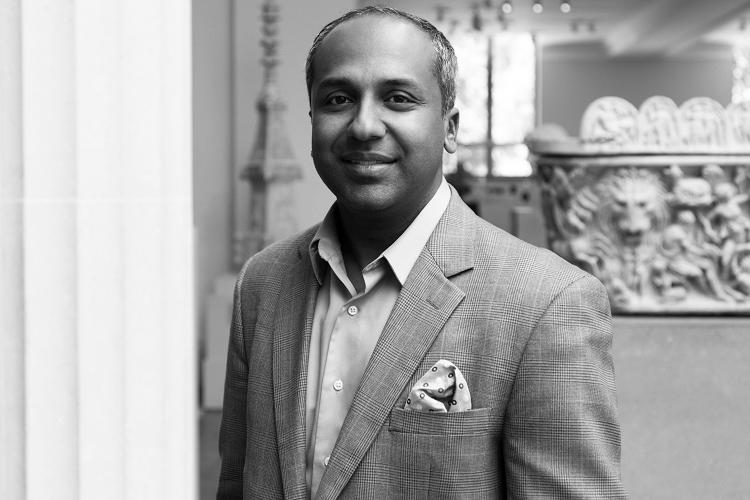
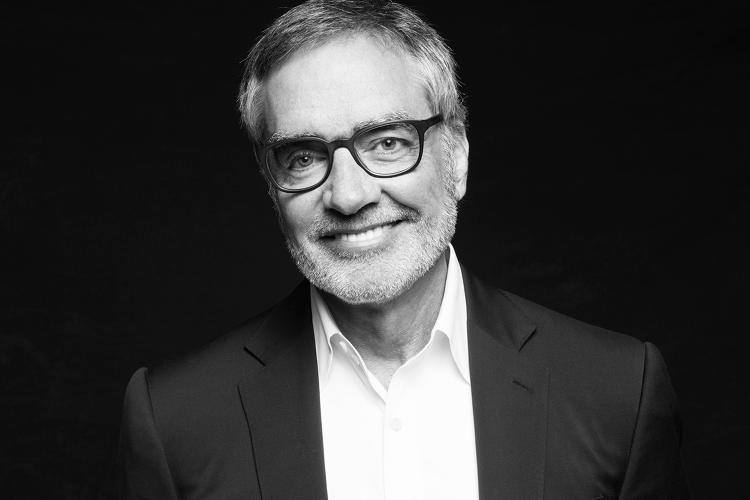
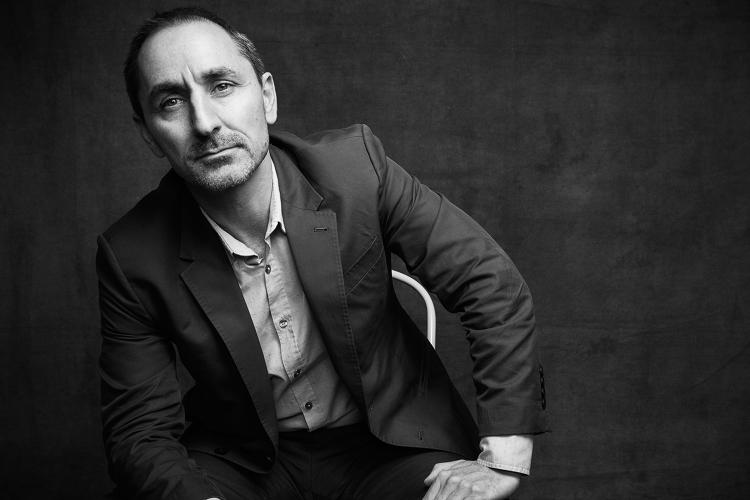


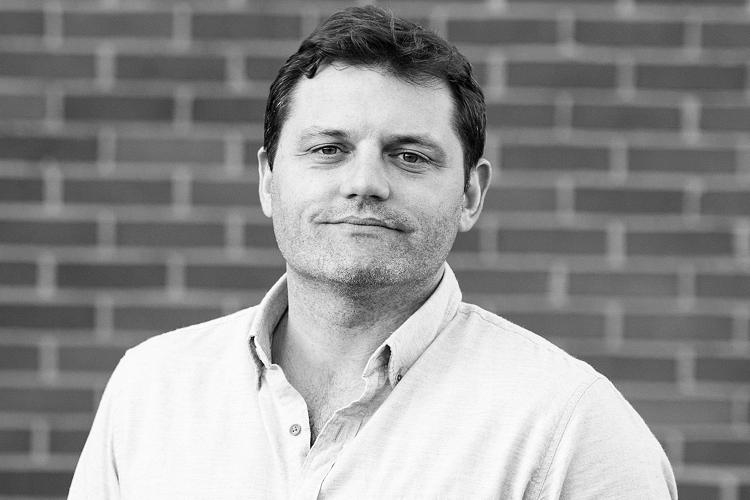
fast company , learn Full Story
(21)

